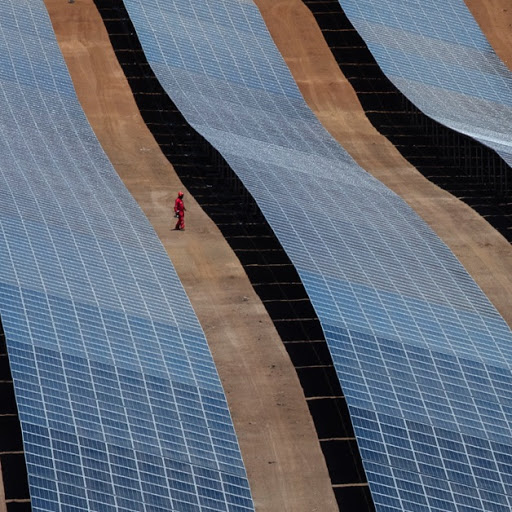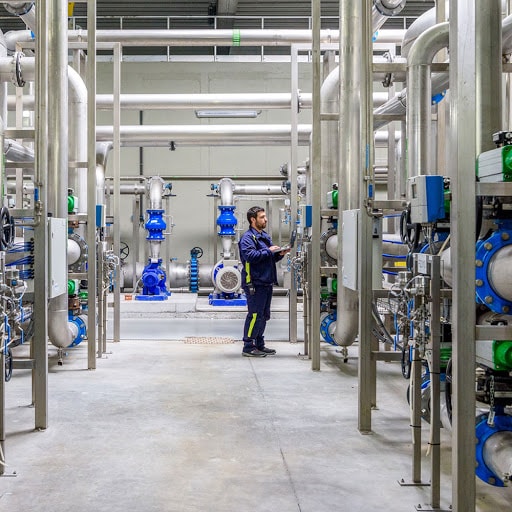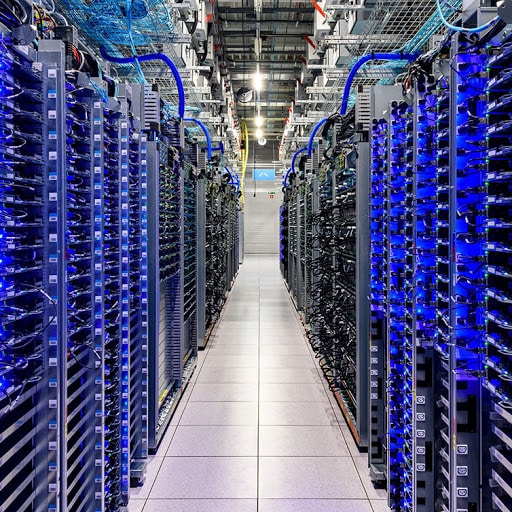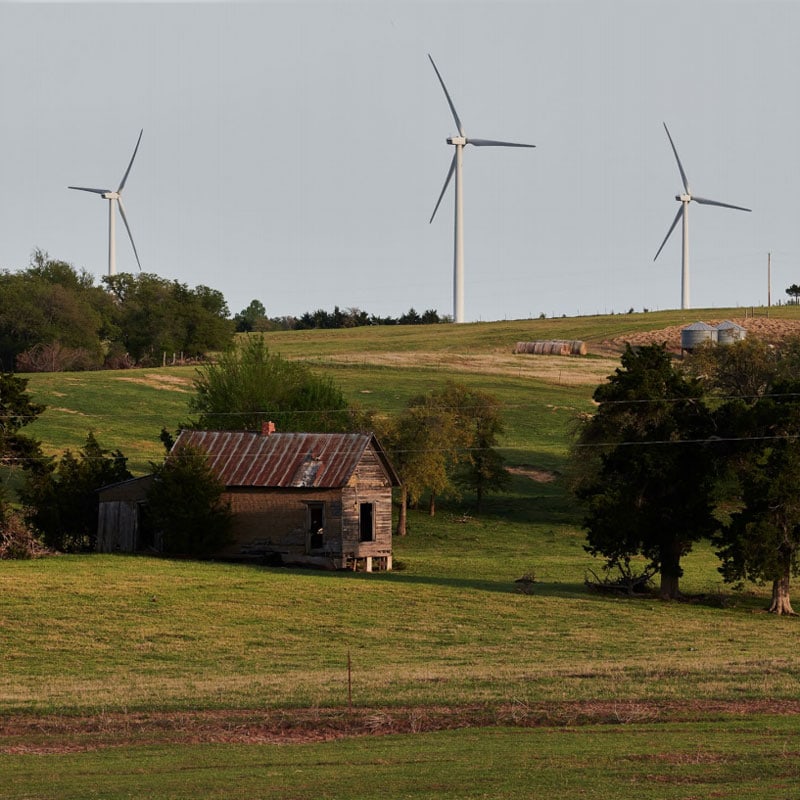Filecamp Sustainability
At Filecamp we are committed to run our business in the most environmentally friendly way possible.

How We Build Sustainable Software
Sustainability is quickly emerging as one of the most pressing issues of modern times. Deforestation, the bleaching of coral reefs, mountains of garbage, global warming; there are so many concerns, many of them pressing.
There’s no way around it, if we don’t figure out how to build a more sustainable society, future generations could face grave challenges and be deprived of essential resources.
Every business now has to consider its impact on the environment. While some software developers might not consider the environmental impact of their code, services, and business practices, at Filecamp, we’ve been working hard to build sustainable software.
Just as you’ll have to choose a software provider, we had to choose a cloud service provider to deliver our file management system. One of our first considerations was sustainability. Let’s look at what that means for IT companies and our digital asset management system.

Why Filecamp Relies on the Google Cloud Platform
Was it possible to find a cloud service provider that minimized its impact on the environment? The answer is yes.
Filecamp is delivered through the Google Cloud Platform. We selected this platform for many reasons, sustainability chief among them.
Google has committed to 100 percent renewable energy and matches all energy it consumes with renewable energy. So, even if Google consumes non-renewable energy locally, it purchases matching renewable energy elsewhere.
Google also offsets carbon, making the company “net zero” as far as carbon emissions are concerned. By using the Google Cloud Platform, Filecamp can reduce its own carbon footprint.
Google is now the world’s largest corporate buyer of renewable energy, something we can all appreciate. As a result of these efforts, Google’s Cloud Platform has become a prime example of a sustainable IT solution.

What Does This Mean for Filecamp?
So what does Google have to do with Filecamp? Our software is hosted on the Google Cloud Platform. Every time you use Software-as-a-Service, a server somewhere in the world will spin up and run the software. When you use Filecamp, Google’s servers are hard at work hosting our software.
For SaaS companies like Filecamp, it might be tempting to set up your own server network. We recognized, however, that it’d be impossible to build a server network that could serve customers across the world as effectively as Google.
And we also knew it’d be very difficult to set up a zero-emissions, sustainable server network. This made Google the obvious choice.
For Filecamp, this means we can deliver our digital asset management system with zero emissions. Of course, your own computer may generate emissions while using our service.

How the Filecamp Team Treats Sustainability
Filecamp is a flexible global team of like-minded people who take building top-notch software and sustainability seriously.
We encourage remote work and let our team members skip the office and work from home. This way, people aren’t burning fuel getting across town and we don’t have to waste energy heating our office.
When possible, we use remote software to hold meetings. We keep meetings to a minimum and make sure they’re necessary before scheduling them. That helps ensure sustainability. But truthfully, who likes unnecessary meetings?
As for personal choices, they’re always up to the individual. However, we encourage our team members to recycle, use sustainable energy sources, take public transportation, and do whatever else they can to reduce their impact on the environment.
From the company perspective, we’ll continue to look for sustainable partners, like Google, and to optimize our software whenever possible to reduce its impact on the environment. Good corporate responsibility is part of the “code” at Filecamp.

How Serious is Sustainability?
Global warming, deforestation, coral bleaching, and other sustainability topics are hotly contested. It’s fair to say that the science isn’t yet conclusive. However, many scientists now agree that sustainability is a pressing issue.
For example, NASA notes that 97 percent of actively publishing scientists agree: the Earth is warming. U.N. Secretary-General Antonio Guterres believes that the “point of no return” for climate change is fast approaching.
Roughly 30 percent of the world’s landmass is covered in forest but countless trees are felled each year. Over the last 50 years, nearly 20 percent of the Amazon rainforest has been chopped down. Many other forests have been cleared as well.
So yes, sustainability is a serious issue. Responsible corporations need to take steps to reduce their impact on the environment.

Does Information Technology Have an Impact on the Environment?
Information and communication technology (ICT) is currently responsible for an estimated 6 to 10 percent of our electricity consumption per year. ICT is also responsible for roughly 4 percent of current greenhouse gas emissions.
Both electricity usage and CO2 emissions for the ICT sector are set to rise as people rely more heavily on ICT.
It’s estimated that when you send a single 1 MB email, it’ll generate roughly 20 grams of CO2 during its entire lifecycle. Keep in mind that an email will go from your computer to servers, across the web, and finally to someone else's device.
20 grams of C02 may not seem like much, but it’s equivalent to leaving a lamp on for 25 minutes. If you send 20 emails in a single day, you’ll generate as much CO2 as a car driving 1000 KM. It’s not hard to send twenty-plus emails in a single working day.
Does this mean you should skip technology? Of course not. Sending an email does consume energy and will have an impact on the environment. However, think about how much energy it takes to print, package, and mail a letter. Email is sustainable compared to the alternative.
Likewise, running file management software does consume energy. Yet by increasing efficiency and reducing the need for physical assets, digital asset management systems can help reduce your company’s impact on the environment. And with Filecamp, the Google Cloud Platform ensures that hosting and energy use are sustainable and carbon neutral.
The right information technologies can decrease energy use and help preserve the environment. Still, we must continue to look for other ways to make information technology more environmentally friendly.

Pursuing a Sustainable Future
As software providers, we’ll continue to look for ways to optimize our software to use less energy and thus be more sustainable. By using the Google Cloud Platform we (and you) can rest assured that our software is sustainably hosted.
Our efforts help ensure that Filecamp is a sustainable IT solution. By using environmentally-friendly platforms, we can reduce our own footprint. Still, where we can improve, we will improve.
That’s true not only for sustainability, but also for user experience, security, and everything else. Software is never finished. You can think of software itself as a “process”, constantly improving to meet the needs of clients.
At Filecamp, we’ll continue to decrease our environmental footprint and refine our file management software. This will allow us to build green IT solutions and to contribute to a more sustainable future.

